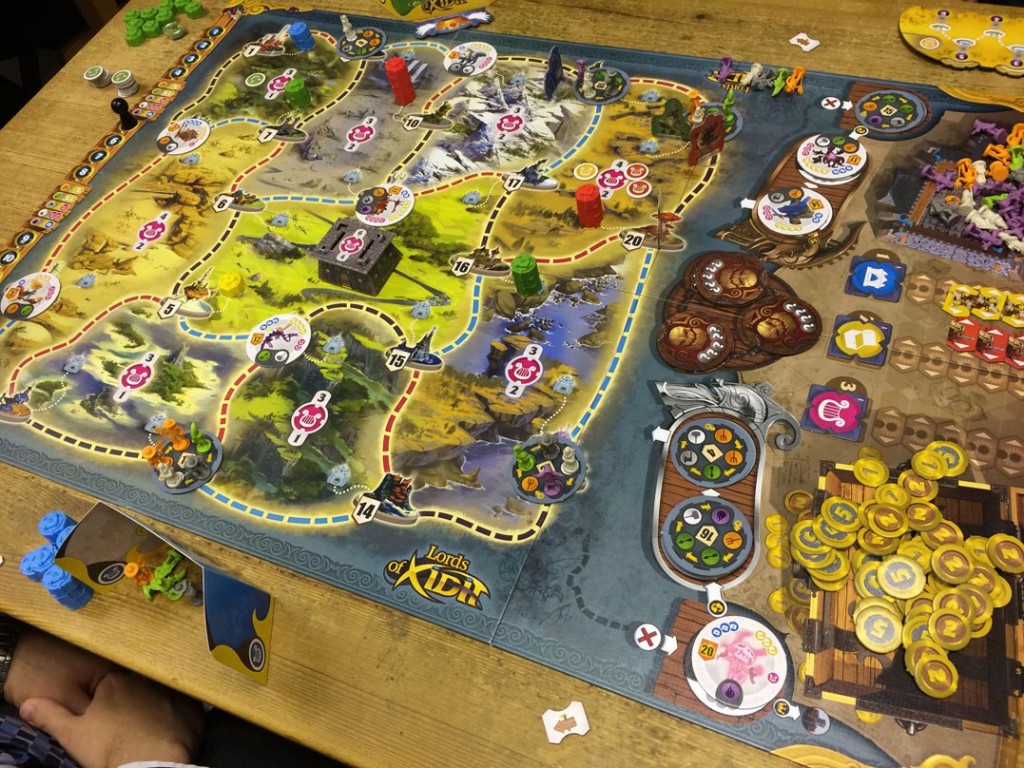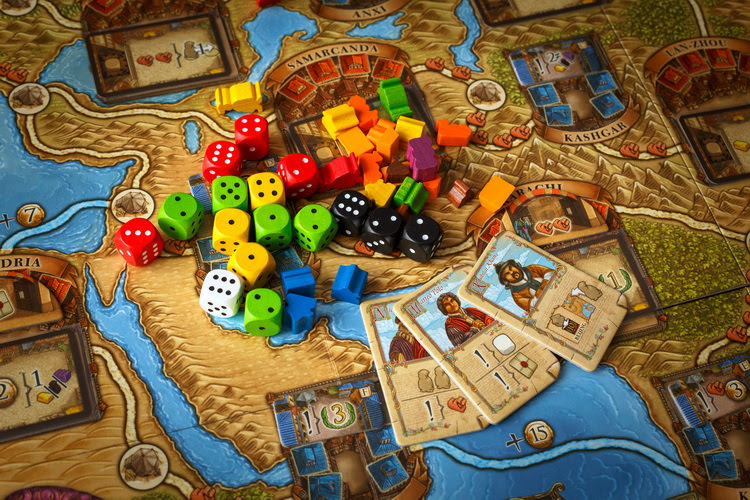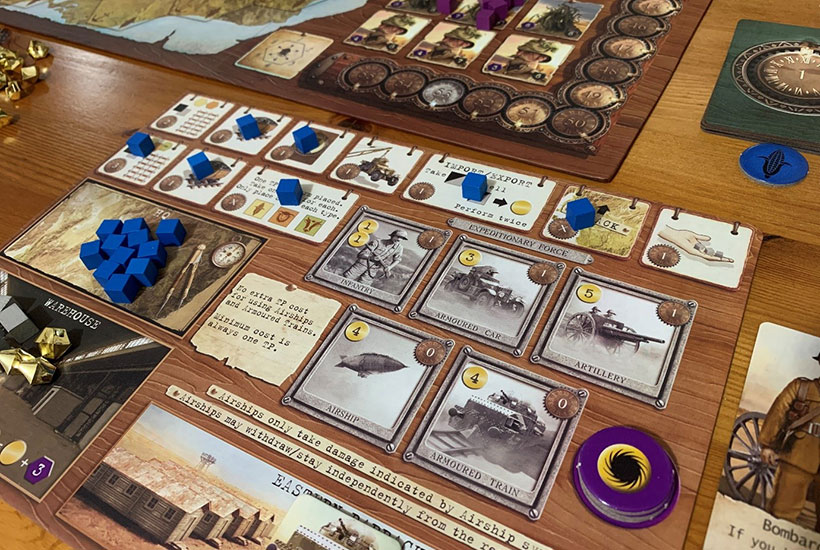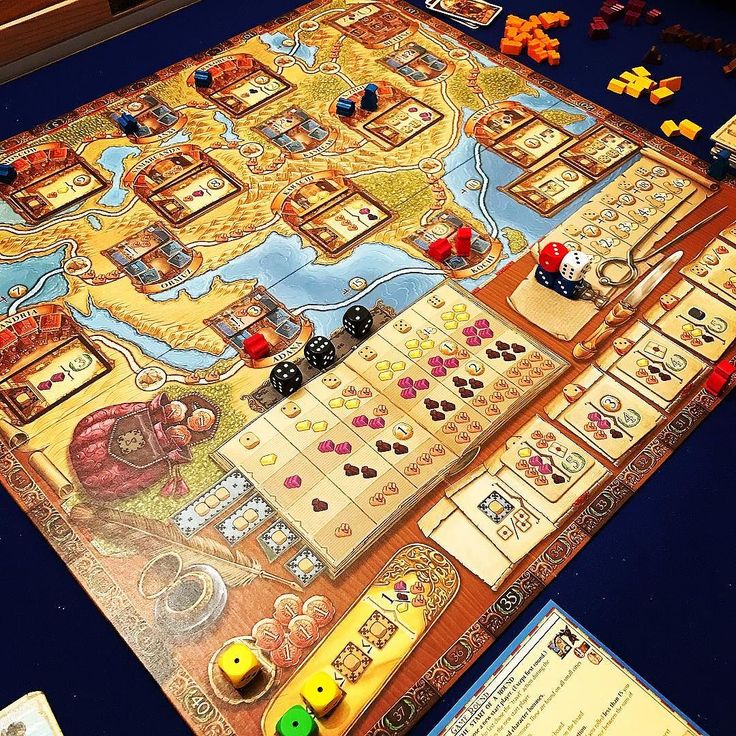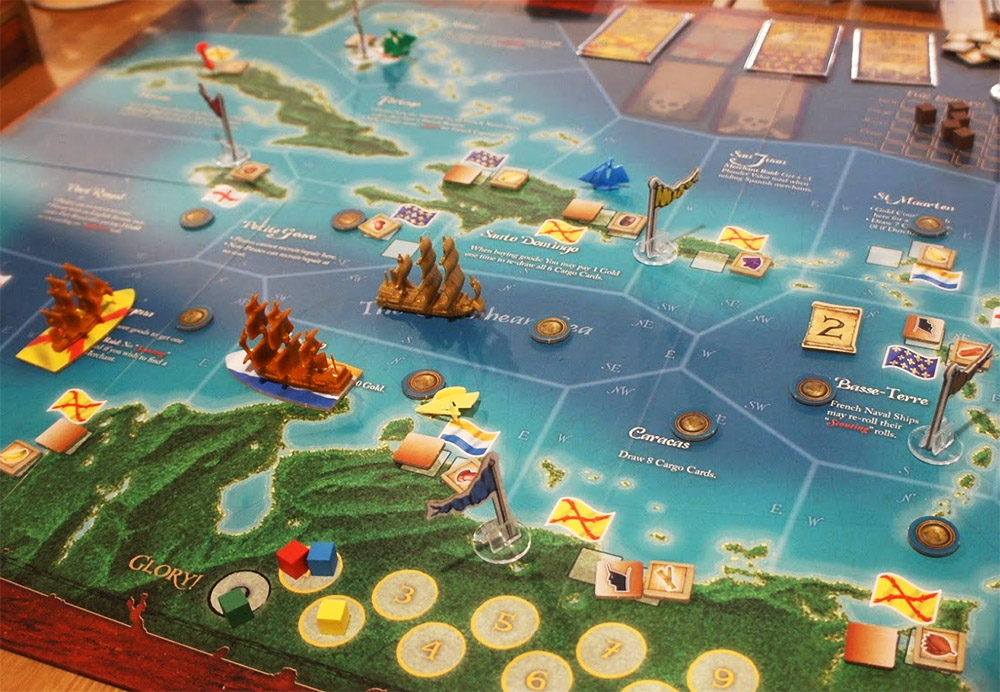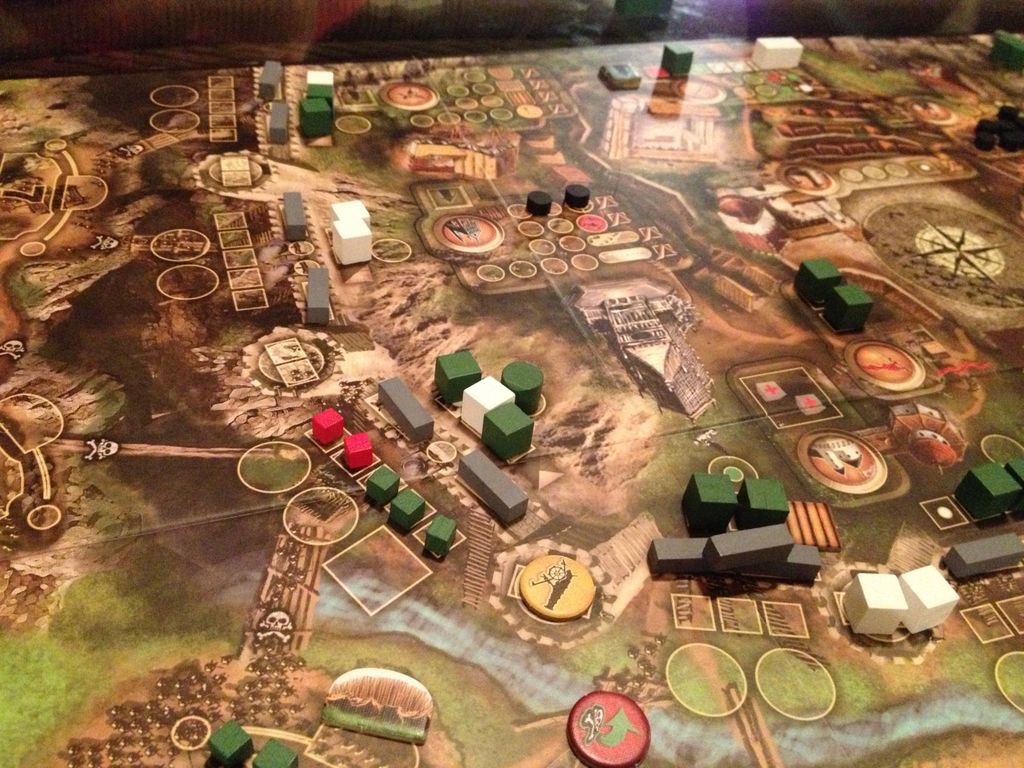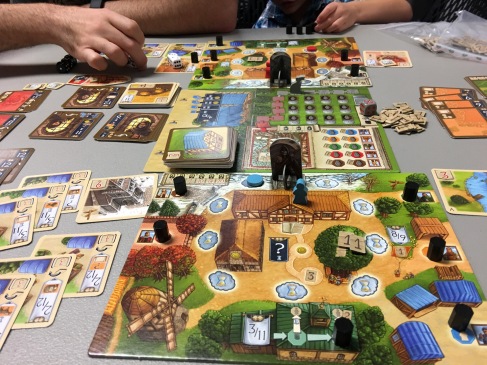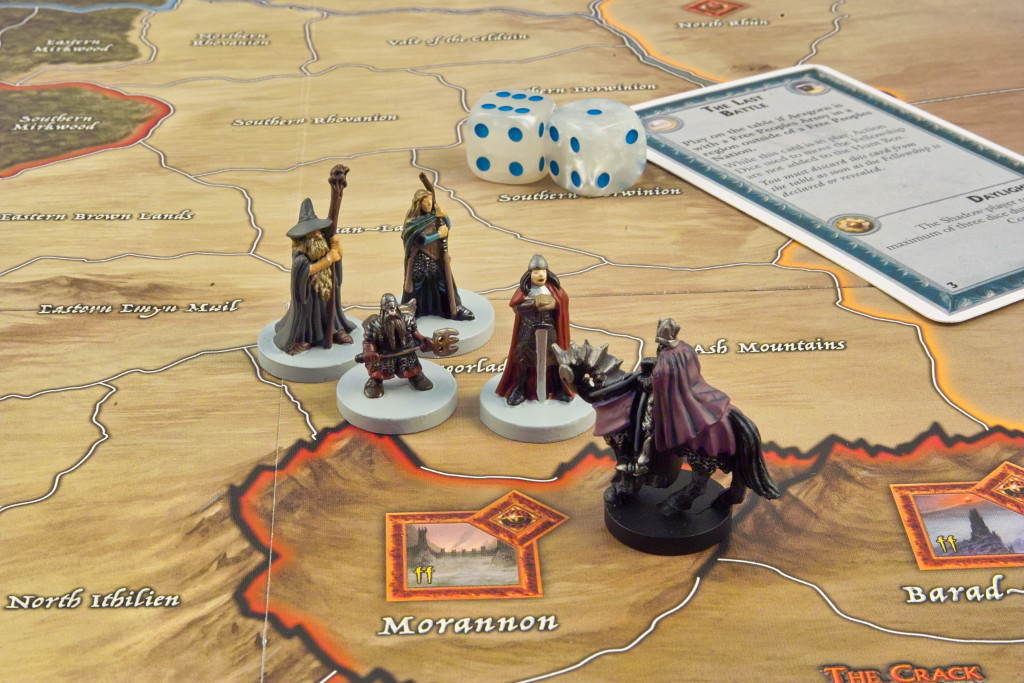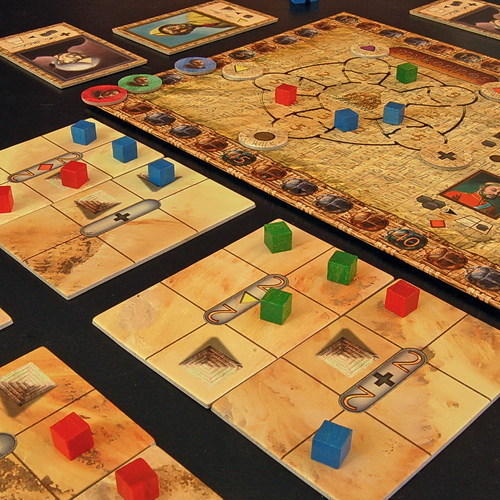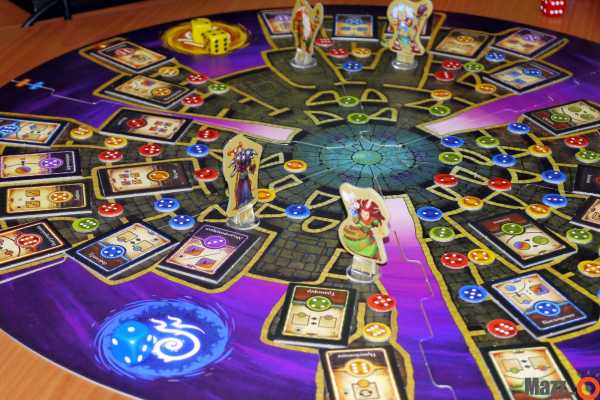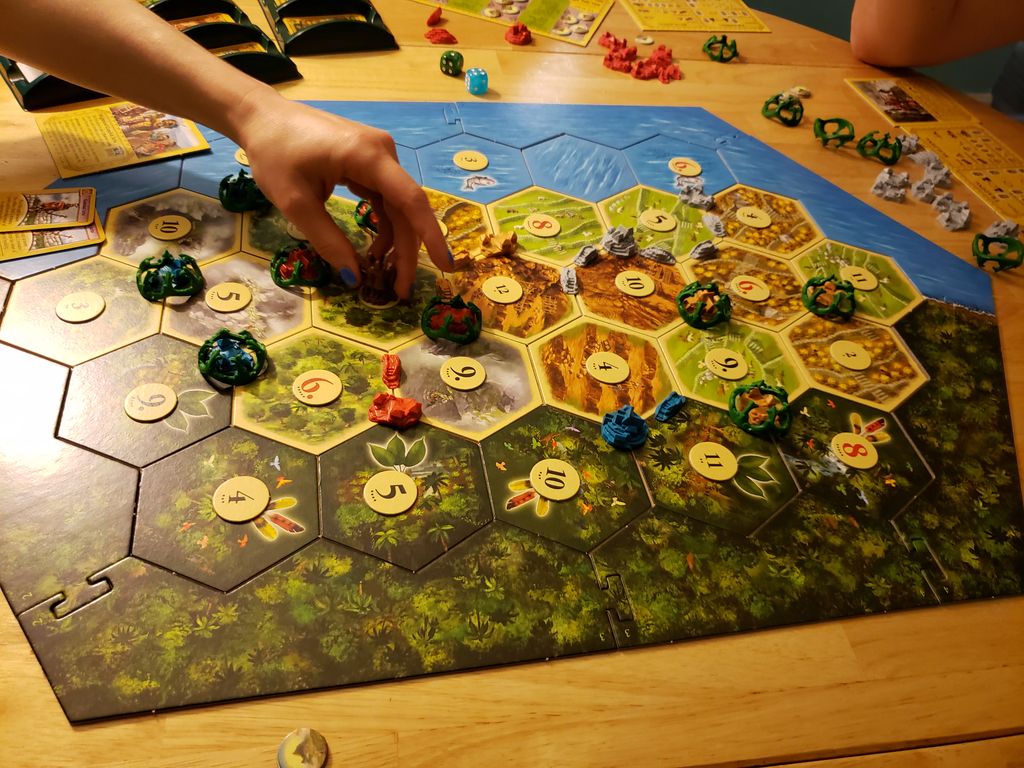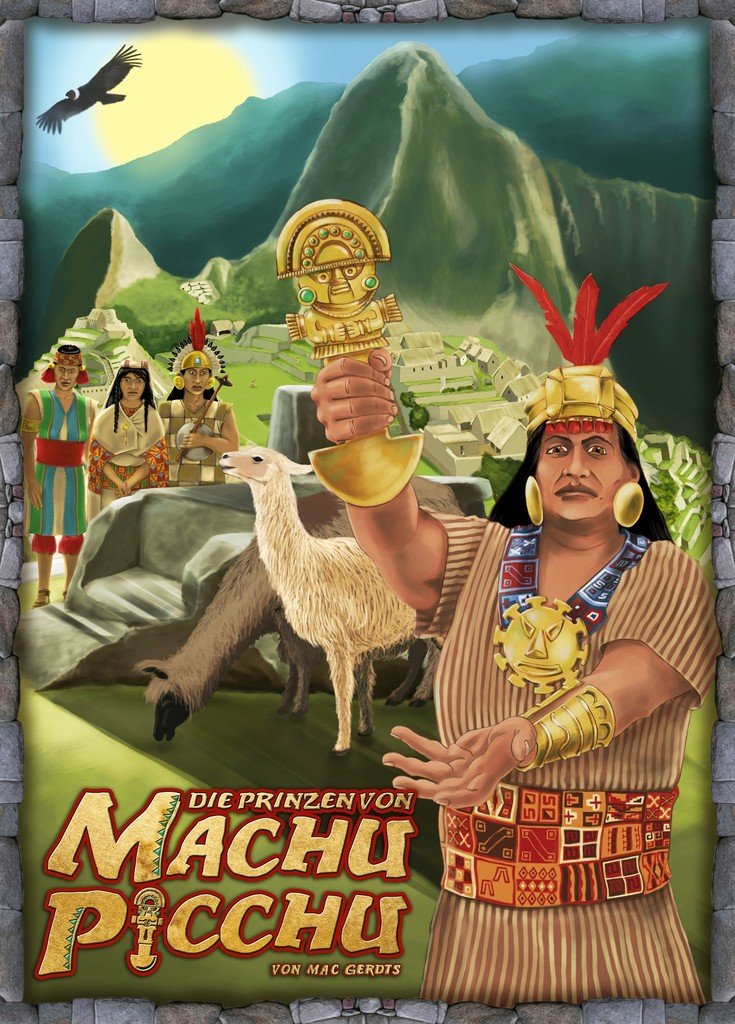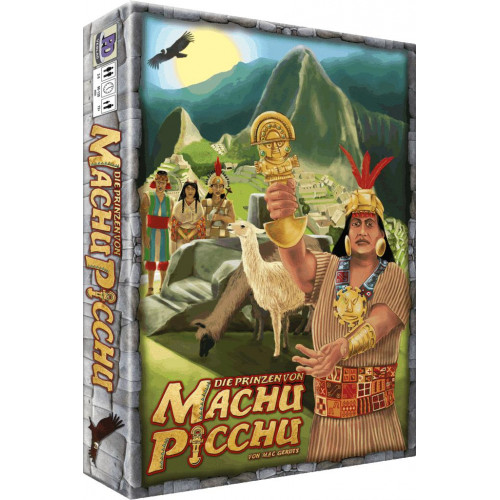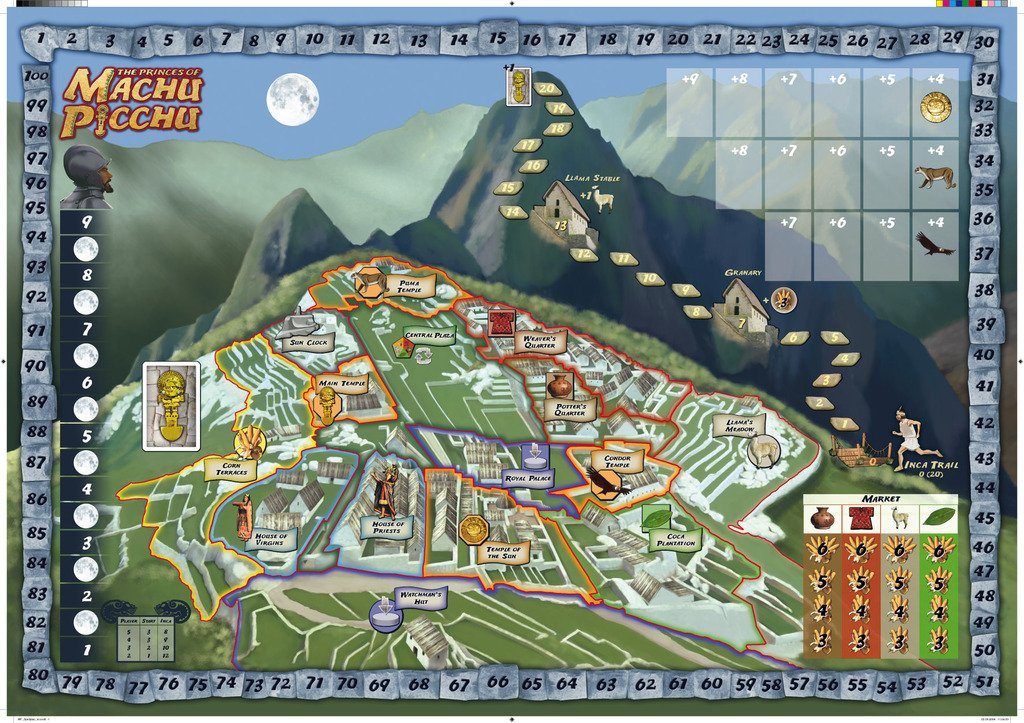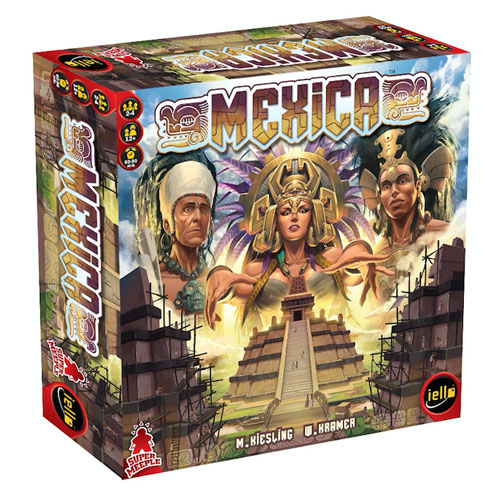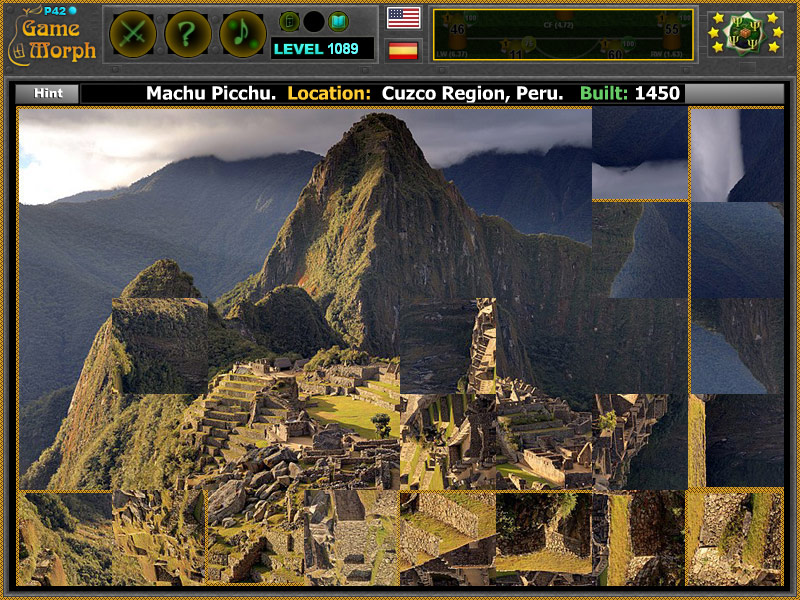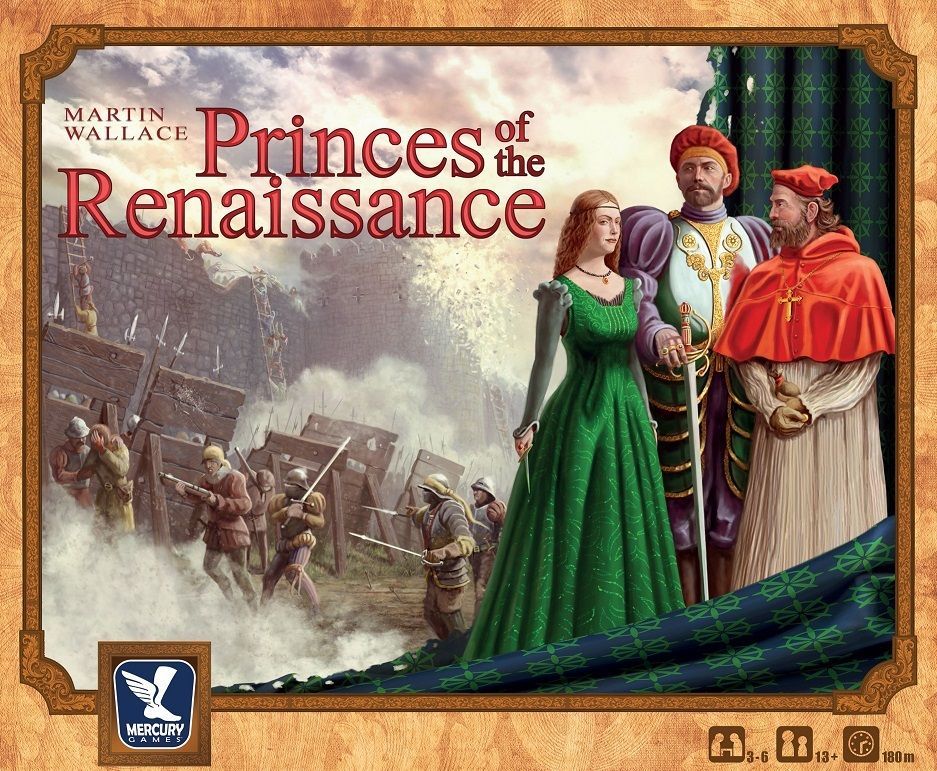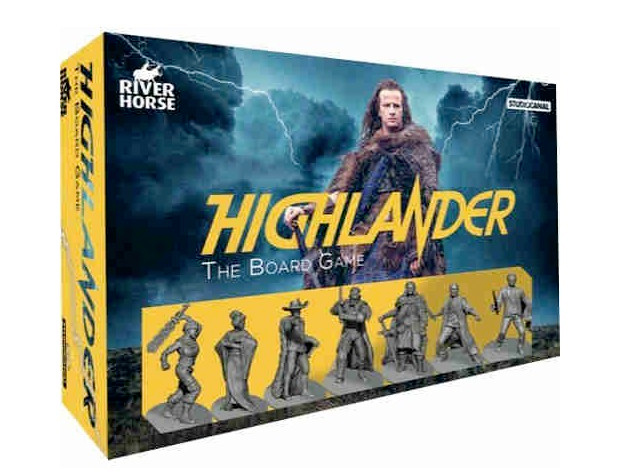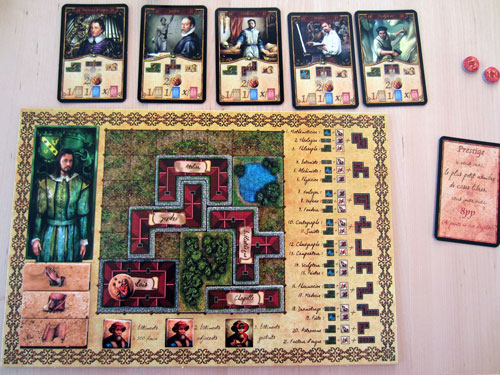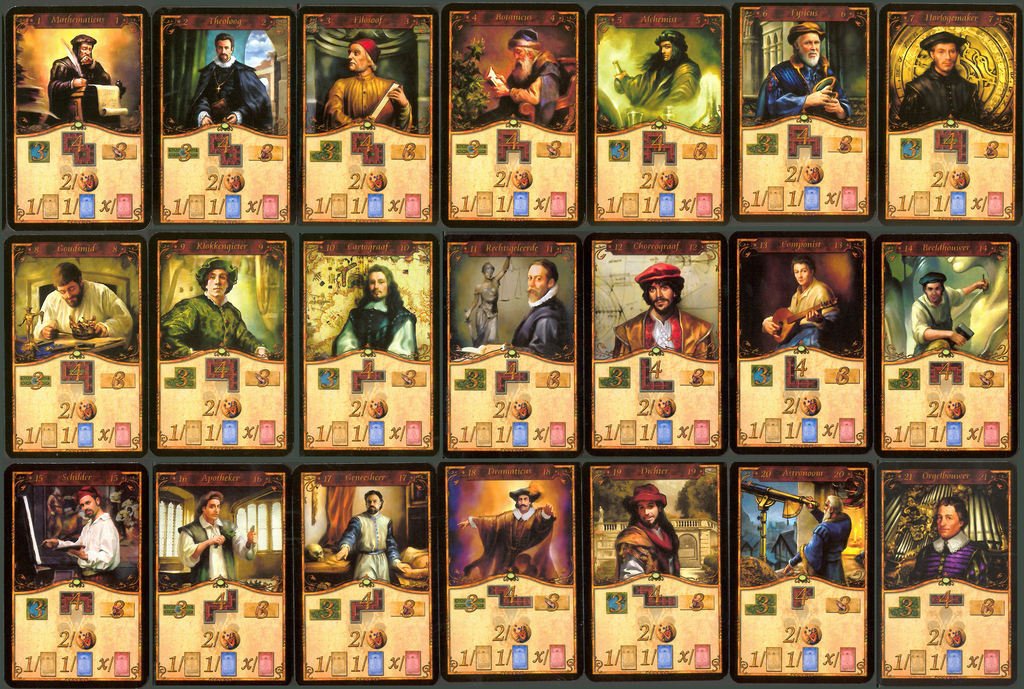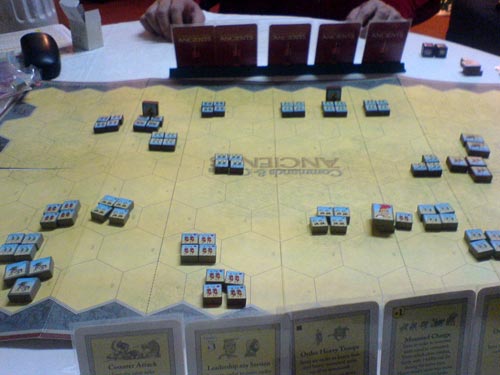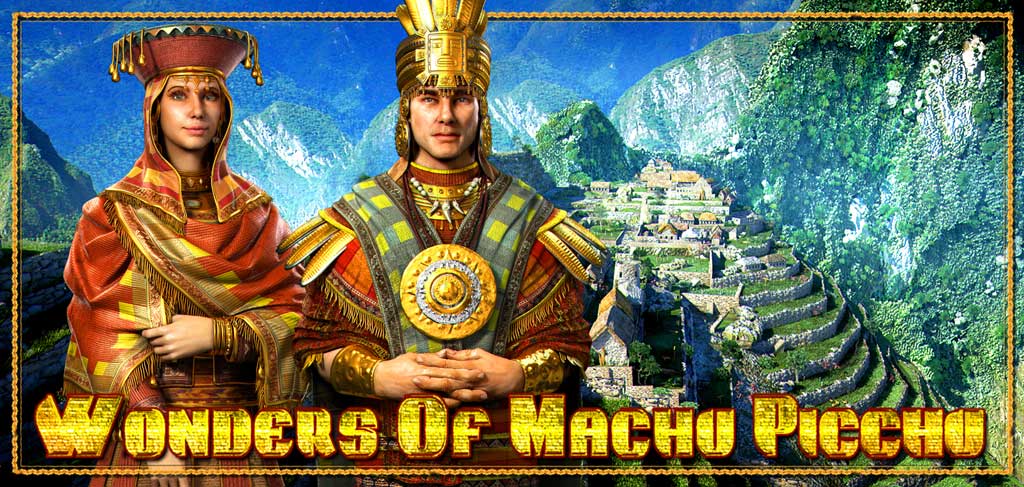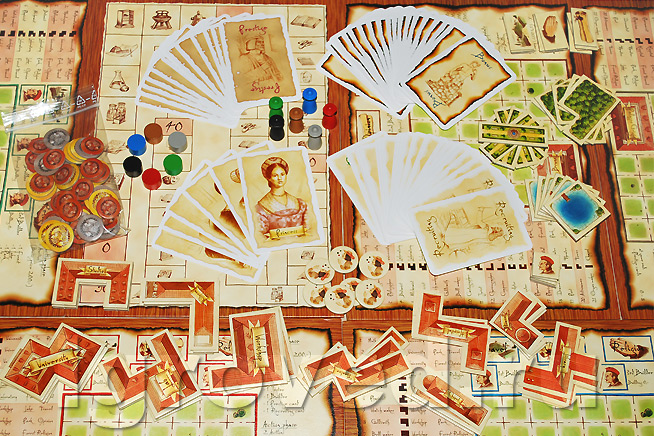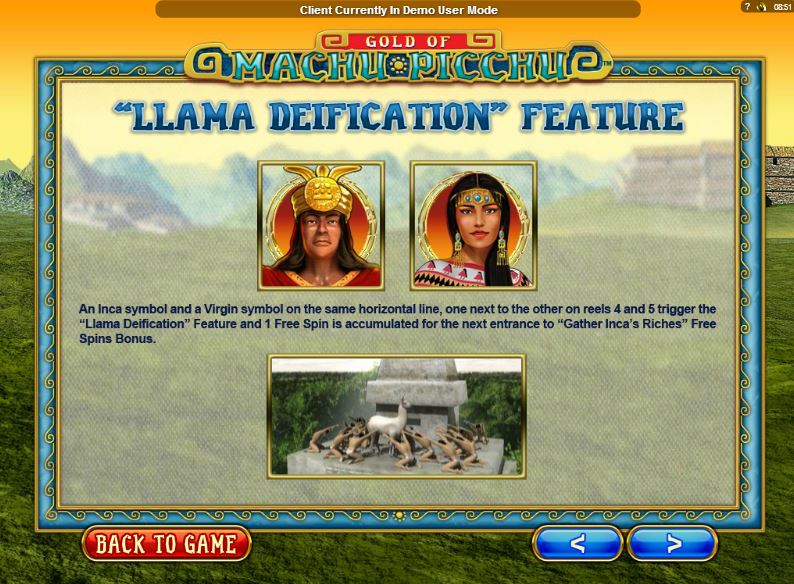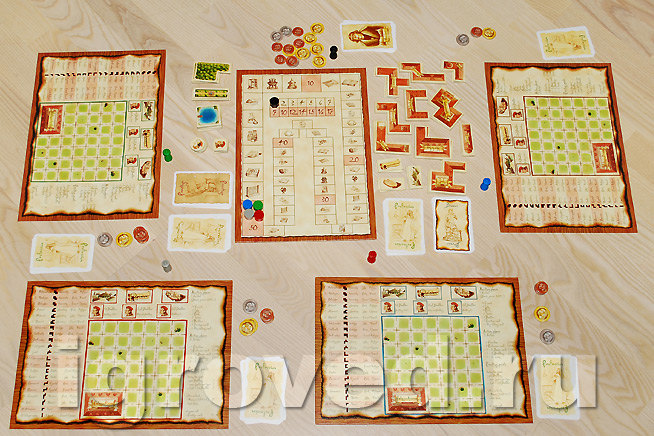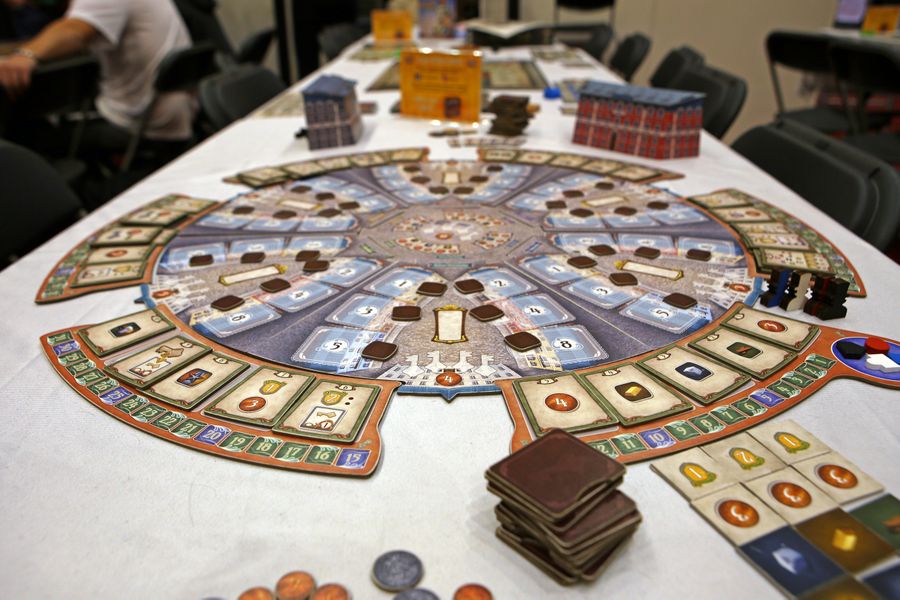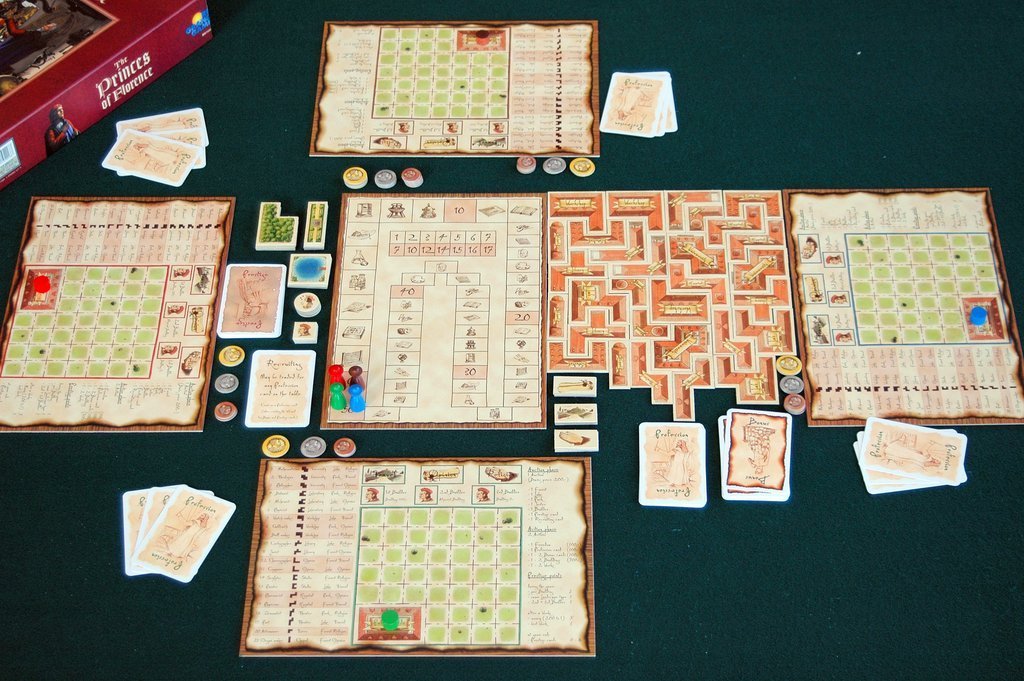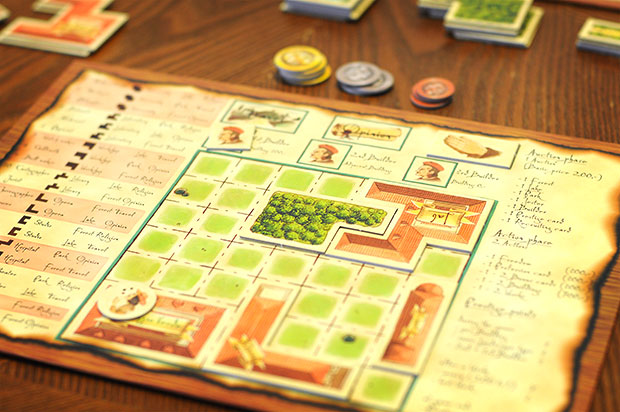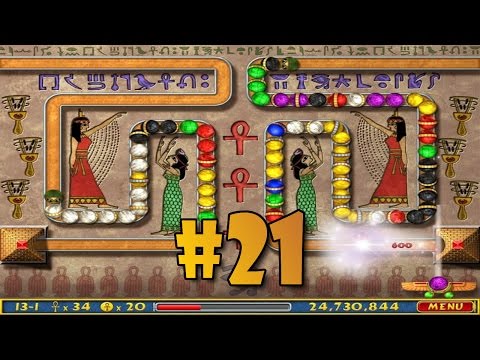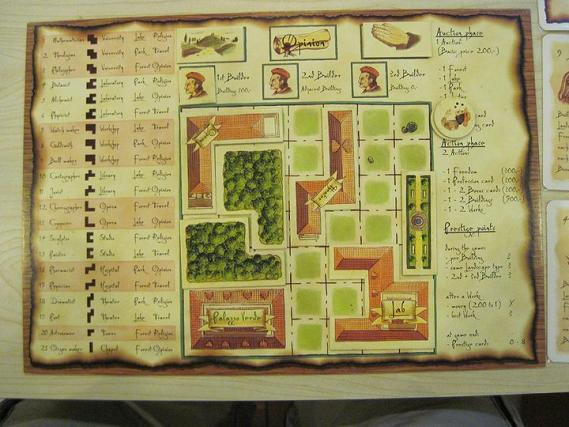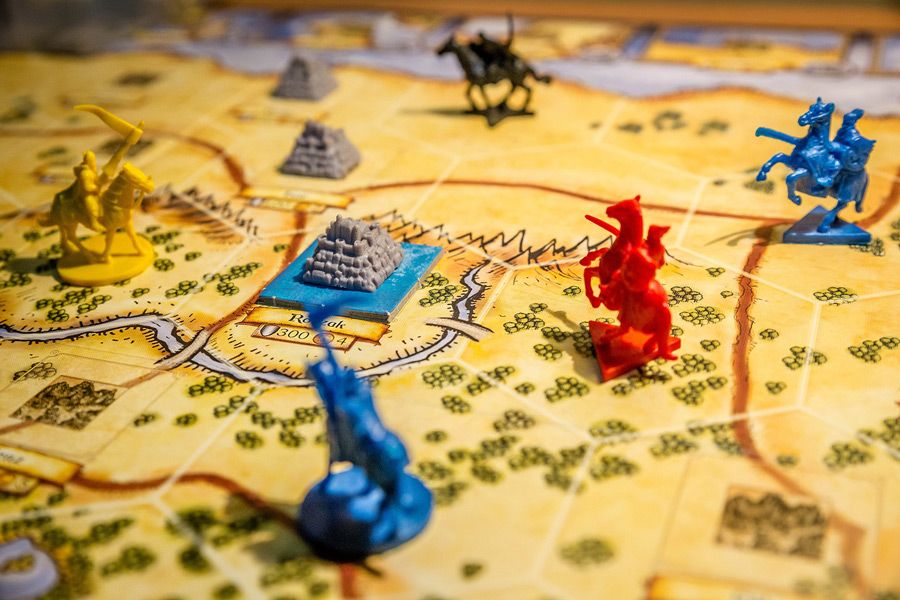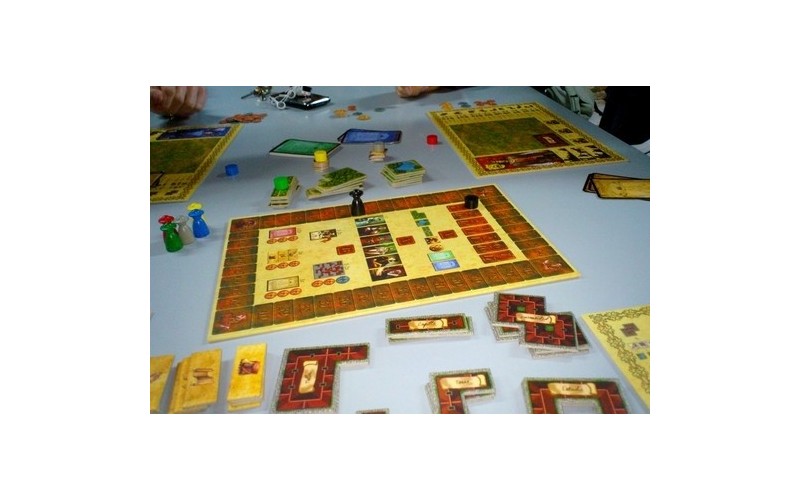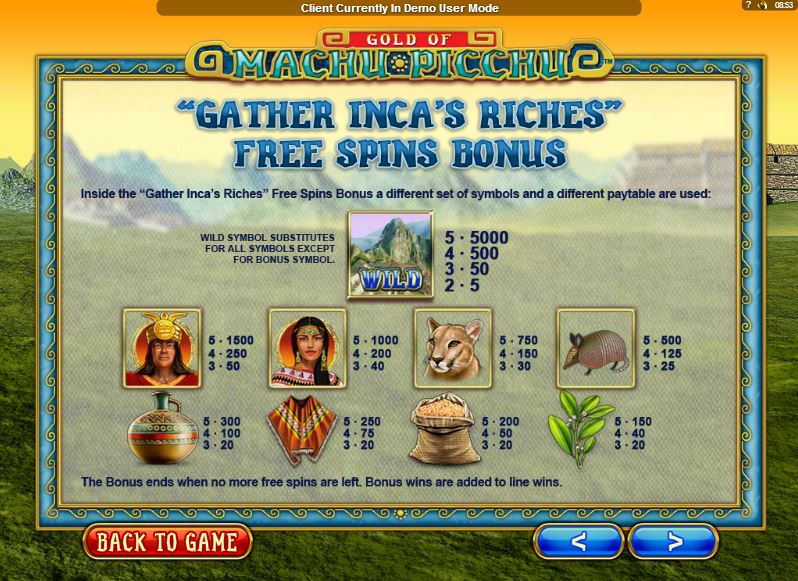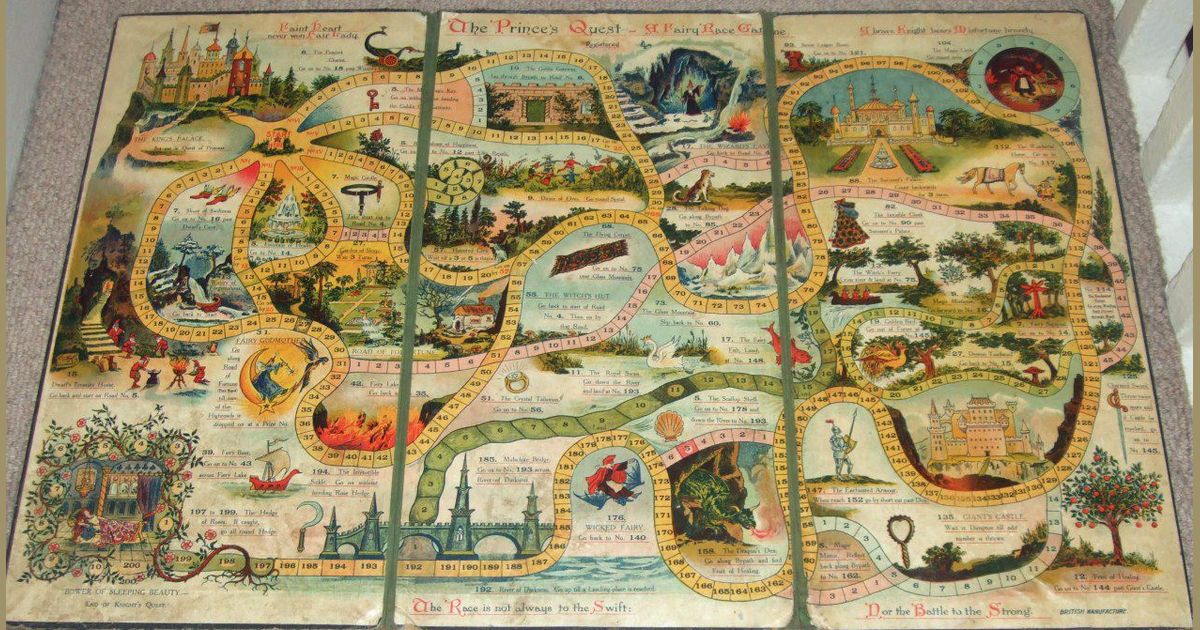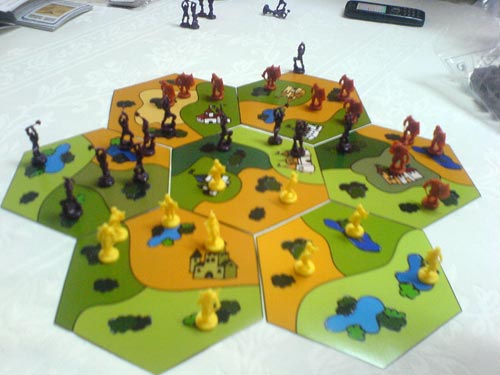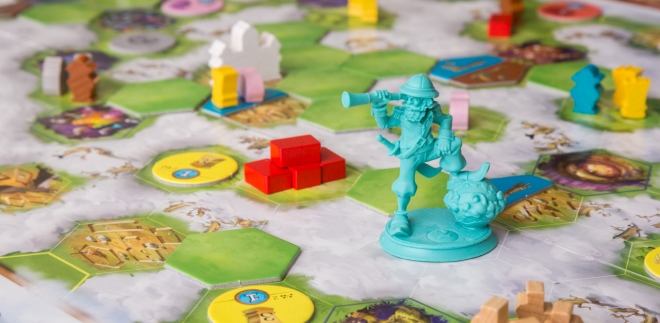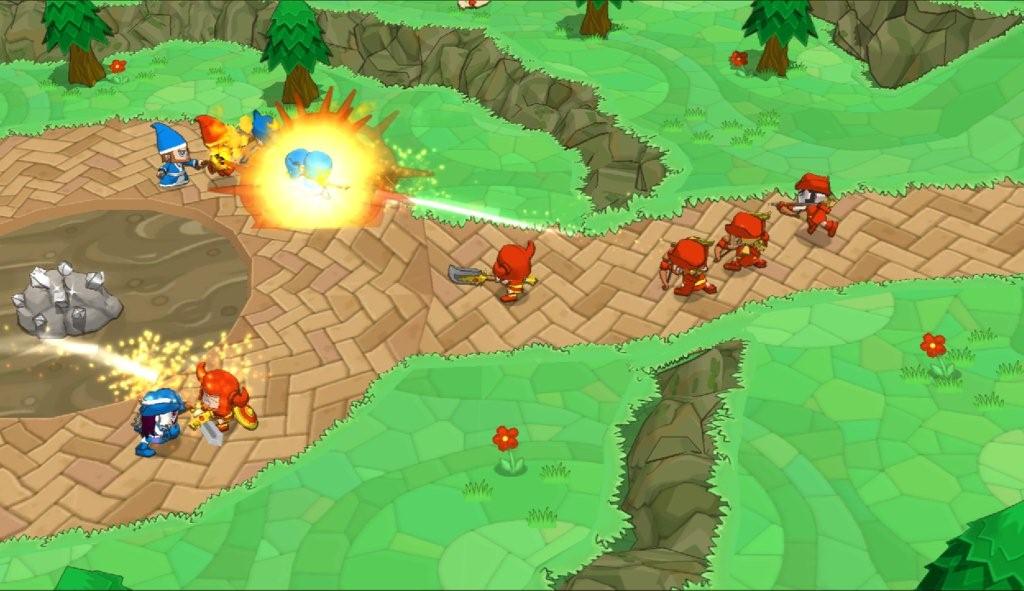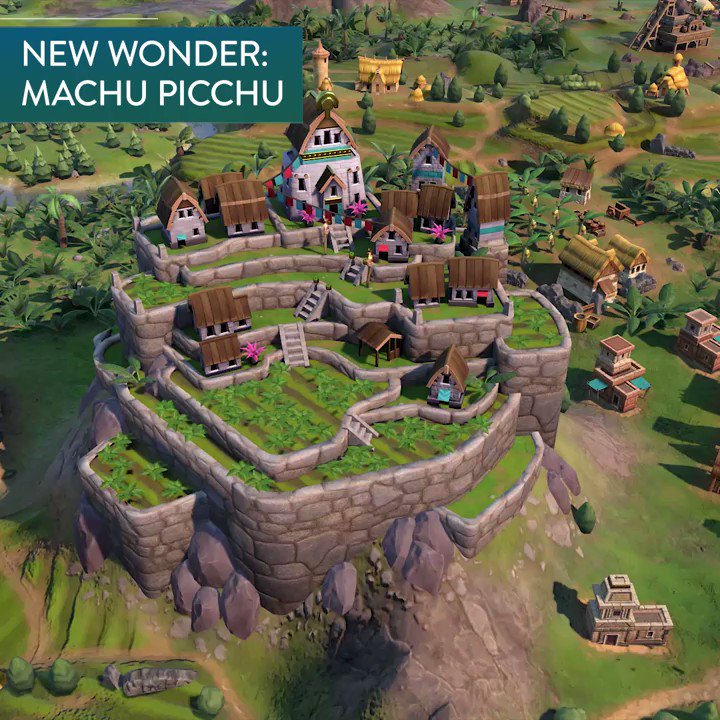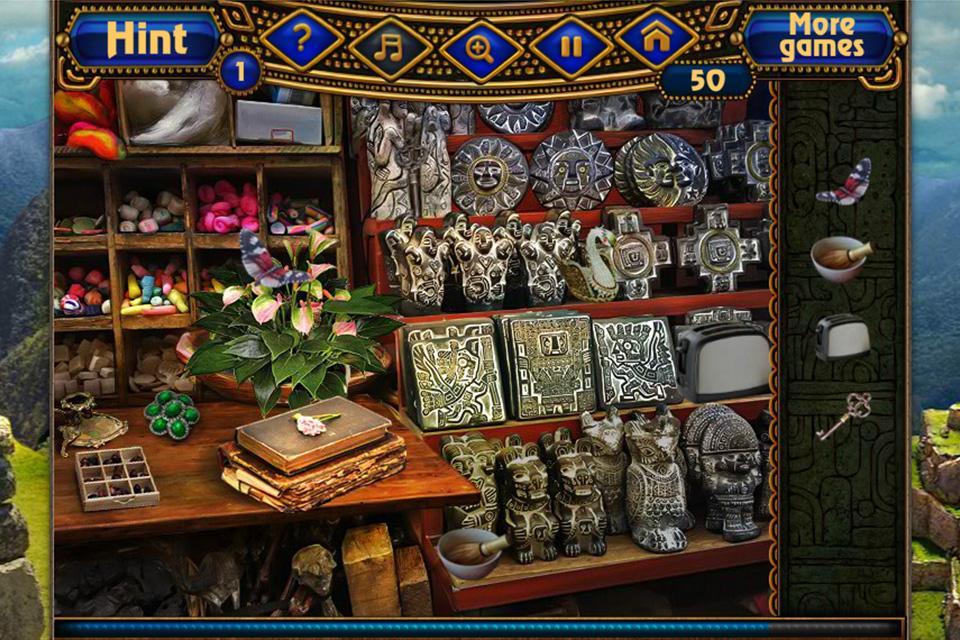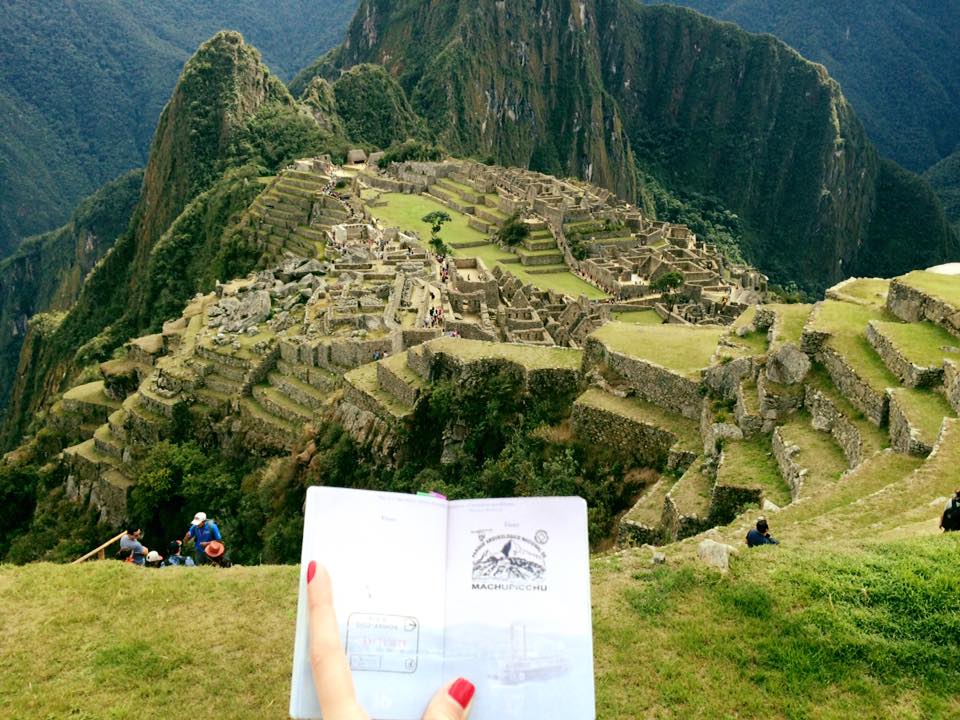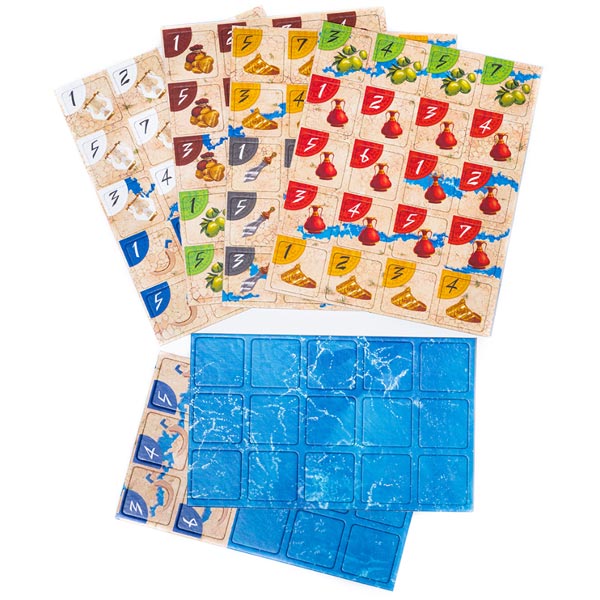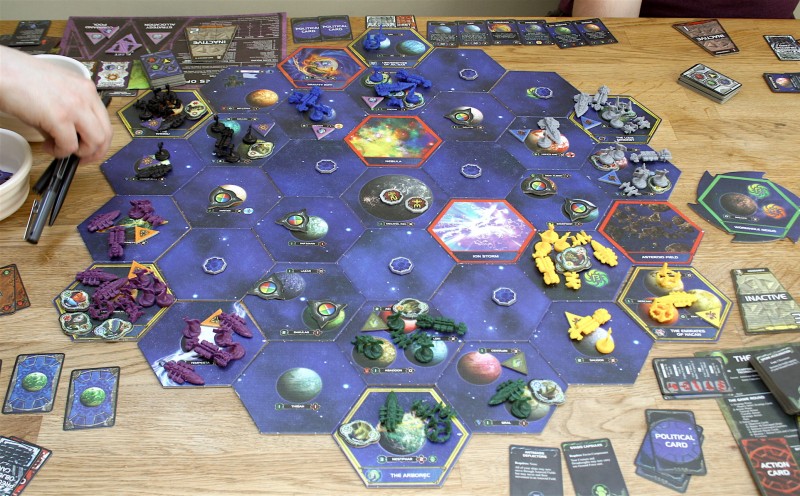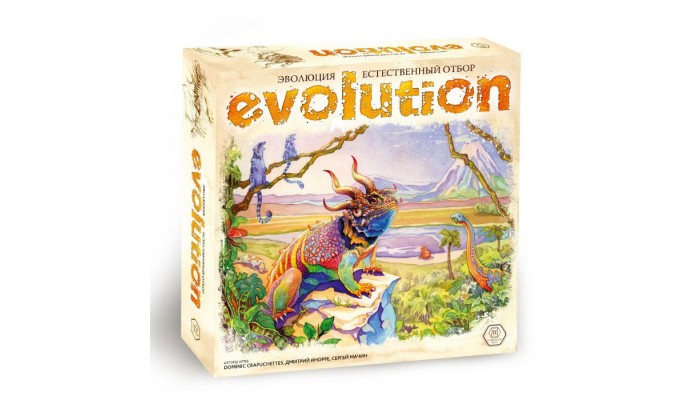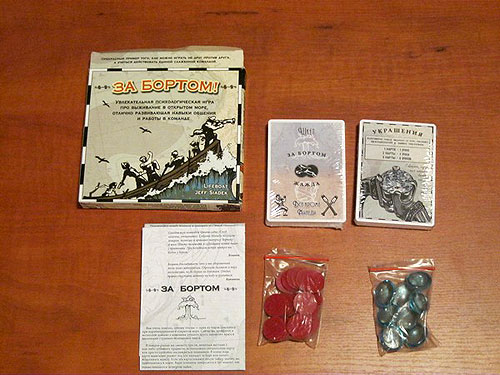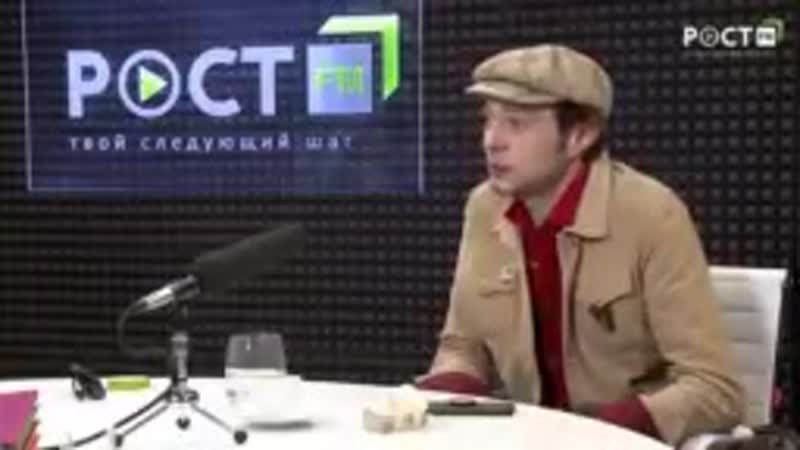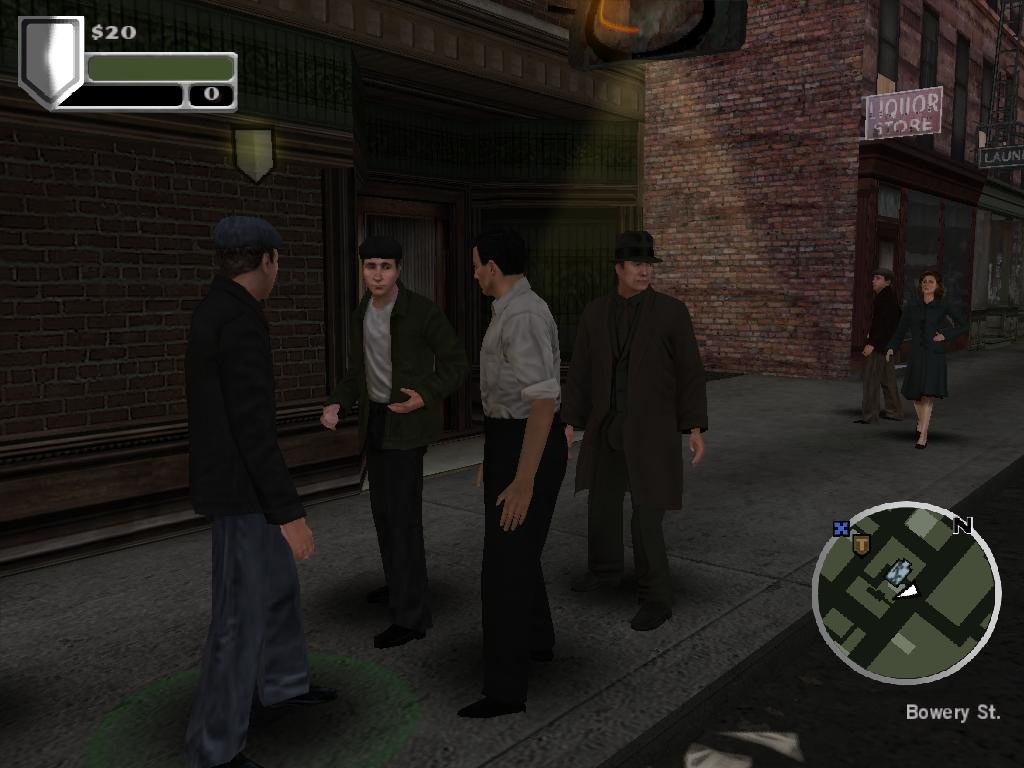Day and Night
The end of the day
As already described, a Prince may stay in the same city district and take a Moon Tile from the game board. However, staying in a district does not trigger the action connected with it, not even in districts which can be used several times a day.
There are 7 moon tiles in total. The player who takes the third moon tile from the game board (leaving 4 tiles there) triggers the end of the day. He also takes the yellow Sun Tile (marking him as the starting player of the next day) so that the moon is visible on the sky.
The other players all take one last turn on this day, and the last player of the day gets the 1 corn from the time track at the end of his turn thus uncovering the moon symbol on the track. After that, the night comes and the player with the Sun Tile will later execute the first turn on a new day.
What happens at night
At night, the player’s turns are interrupted by the following actions:
Moon Tiles: The Moon Tiles of all players are returned to the game board. Their owners receive either 2 or 3 steps on the Incatrail or the goods depicted on their moon tiles.
Except for the 3 corn, for any other goods the player has to pay 1 corn to the bank. If a player has the Moon Tile which gives him 3 corn, he can use these corn units at the same time to pay for the other goods on his other Moon Tiles.
Sun Clock: The players take their Incas that they previously sent to the Sun Clock back into their personal supply. They receive for each withdrawn Inca 3 different units of goods from the bank (3 corn count as 1 unit of goods) and 3 additional steps on the Incatrail.
9 x Bonus: 9 new bonus units are placed on the game board. On each of the 4 temples one (additional) temple stone is placed, and on each of the 5 production districts one (additional) unit of goods:
- 3 corn on the Corn Terraces
- 1 llama on the Llama’s Meadow
- 1 coca on the Coca Plantation
- 1 pottery on the Potter’s Quarter
- 1 cloth on the Weaver’s Quarter
In each district only a maximum of two bonus units (goods or temple stones) may be located.
Time Marker: The marker on the track is moved upwards to the new day. The starting player sets his sun tile back again to the moon and then executes his first turn on the new day.
Special rules for the last day (day 9)
Because the last day is no longer followed by a night, special rules apply to the Moon Tiles and the Sun Clock on day 9.
Moon Tiles: The bonus of a Moon Tile will be paid immediately. So if for example a player takes the Moon Tile with the llama, he pays 1 corn and receives 1 llama from the bank immediately. The Moon Tile still remains with the player though.
Sun Clock: Similarly, the bonus for the Incas serving at the Sun Clock on the last day is paid immediately. The round wooden disks of the Incas stay at the Sun Clock until the game has finished, however.
End of the Game
The game may end in two ways:
Rescue of Machu Picchu
When all 15 Priests and Virgins are acquired by the players, and no more of them are on the game board, the game ends immediately after the turn of the player who took the last Priest or Virgin card. Likewise the game ends immediately if the stack with the 28 Sacrifice Cards is exhausted.
If in this case even more players should be entitled to get a Sacrifice Card, they get 3 Victory Points instead. In both cases, either through the Virgins and Priests or the Sacrifice Cards, the Incas obtain the help of their sun god Tayta Inti, so that the Spanish will not discover Machu Picchu.
The player with the most Victory Points wins.
The number of remaining units of goods is used as a tie breaker (3 corn count as one unit).
Spanish Conquest
If there is no rescue of Machu Picchu, the game ends after day 9 is over. After the 3rd Moon Tile has been taken on the 9th day, all other players still execute one final turn. At night, the Spanish discover and conquer Machu Picchu.
They are mainly interested in the gold of the Incas. Depending on the total number of collected gold figurines on their Sacrifice Cards, players can either triple or double their Victory Points, or count them once.
The player with the highest final value of Victory Points wins.
If there are several players who have the same number of gold, they all get to multiply their score by the appropriate number. If, for example, two players have the same number of gold, but more gold than any other player, they both triple their VPs.
After the scores are multiplied, the tie breaker again is the number of remaining units of goods (3 corn count as one unit).
Example for a Spanish Conquest:
Victory Points Gold Multiplier Final Score Blue 17 18 3 51 Green 34 12 1 34 Red 18 17 2 36 Yellow 27 17 2 54 In this case, yellow has the highest final score with 54 and wins the game!
Continue Reading
The Incatrail
Through Moon Tiles, the Sun Clock, and sacrifices in the temples, the players’ Scouts advance on the Incatrail. If a Scout reaches or passes the Granary at step 7, its player receives 3 corn from the bank.
Likewise; the player receives 1 llama from the bank at the Llama Stable at step 13. If a Scout reaches the mountain summit (step 20), the player secretly draws 3 Sacrifice Cards from stack and returns 2 cards to the bottom of the stack.
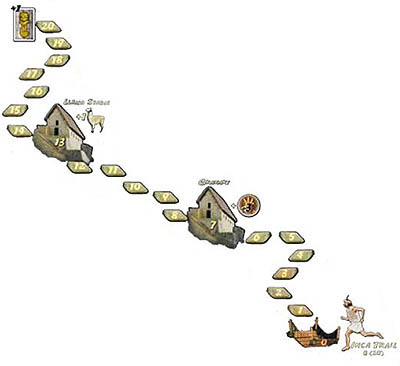
He can return any card he wants, even cards he had in possession before his turn. If there are only 2 Sacrifice Cards left, the player draws both of them and returns 1 card of his choice. If there is only 1 card left, the player simply claims it.
From the summit, the Scout returns to step zero and from there advances towards the next Sacrifice Card. If, for example, a Scout from step “18” advances by 5 steps in a turn, he will end up on the “3”. Sacrifice Cards are kept hidden from the other players; only the number of cards of a player has to be made public.
The llama and the corn received on the Incatrail are paid at the end of the turn. In particular, a player can not use a llama from the Llama Stable to sacrifice with it in the same turn.
Game Start
Players’ Equipment
Each player receives at the start: 3 corn + 1 llama + 1 coca + 1 pottery + 1 cloth

Set aside the rest of the goods as the supply of the bank. Each player receives the following number of Incas (round wooden disks) of his color in his supply:
- 8 Incas each for 5 players
- 9 Incas each for 4 players
- 10 Incas each for 3 players
- 12 Incas each for 2 players
The other Incas are not needed and are taken out of the game.
At the beginning of the game each player randomly draws 1 Sacrifice Card. The player’s Sacrifice Cards are kept secret from the other players during the game.
Determining the starting player
Initially, a starting player is chosen randomly among all players. The starting player places his Scout (one of his two game stones) onto the first field of the Incatrail.
The second player in clockwise order places his Scout onto field 2, the third player onto field 3, etc.
Set up the first Inca
The starting player places 1 of his Incas (round wooden disks) on the board. The Inca may be one of the 5 following occupations:
- Farmer (Inca in the Corn Terraces)
- Shepherd (Inca in the Llama’s Meadow)
- Coca Planter (Inca in the Coca Plantation)
- Potter (Inca in the Potter’s Quarter)
- Weaver (Inca in the Weaver’s Quarter).
The other players, in clockwise order, also place one Inca of their choice on the board. Every Inca may choose any profession even if it has been selected by another player before.
Select the first turn
The starting player is the first to place his Prince (his other game stone) on any district on the board and thus performs the related action. Then the other players follow in clockwise order.
Moving the Princes
The players move one after another until the game is finished. On each move a player may either
- move his Prince into an adjacent city district, or
- pay 1 llama and move his Prince into any other city district, or
- have his Prince remain in the same city district. In this case, the player takes a moon tile from the game board, and the action connected with the district is NOT triggered.

Object of the Game
The game may end in two ways:
Rescue of Machu Picchu: When all 15 Priests and Virgins have been acquired by the players, the game ends immediately. In this case the Incas succeeded in obtaining the help of the sun god Tayta Inti. With his assistance Machu Picchu remains undetected. The winner is the player with the most victory points.
Spanish Conquest: If day 9 finishes, the Spanish will conquer Machu Picchu at night. Since they are interested in the gold of the Incas, a player who has the most gold multiplies his victory points by 3, and a player with the second most gold multiplies his victory points by 2.
For all other players the victory points remain unchanged.The number of gold is depicted in the top right corner of the Sacrifice Cards.
Setup
The 15 priest and virgin cards are placed on the top right corner of the game board in the spaces provided.
The market, located bottom right on the game board, is filled with 8 units of goods (two of the appropriate sort at the two topmost fields of each column).
The 28 Sacrifice Cards are shuffled and placed face down on the game board. The Sun Tile is placed on the moon in the sky, and the 7 Moon Tiles are placed nearby.
Place one temple stone on each of the 4 temples (orange districts in Machu Picchu). Place on each of the 5 production districts (listed below) 1 unit of goods of its type as a bonus unit (3 corn count as 1 bonus unit):
- 3 corn in the Corn Terraces
- 1 llama in the Llama’s Meadow
- 1 coca in the Coca Plantation
- 1 pottery in the Potter’s Quarter
- 1 cloth in the Weaver’s Quarter
The orange time marker is placed on the time track
- on day 1 with 2 players
- on day 2 with 3 players
- on day 3 with 4 or 5 players
Place 1 unit of corn on each moon symbol on the time track which lies ahead of the time marker. Shown on the right is an example of a time track with 4 or 5 players.


